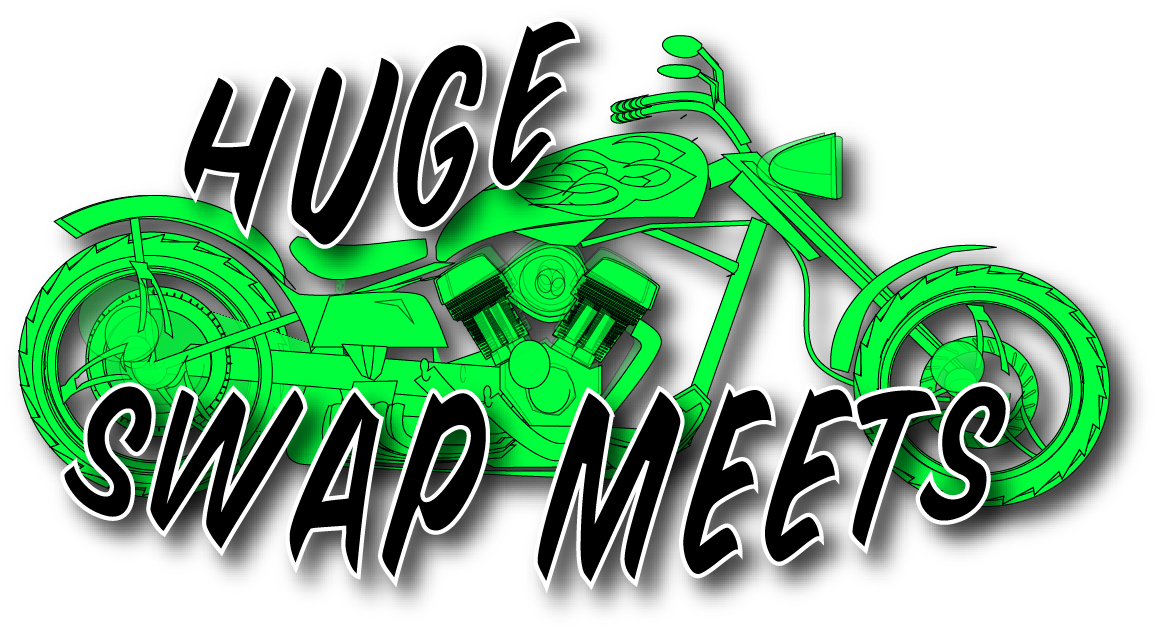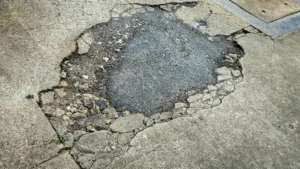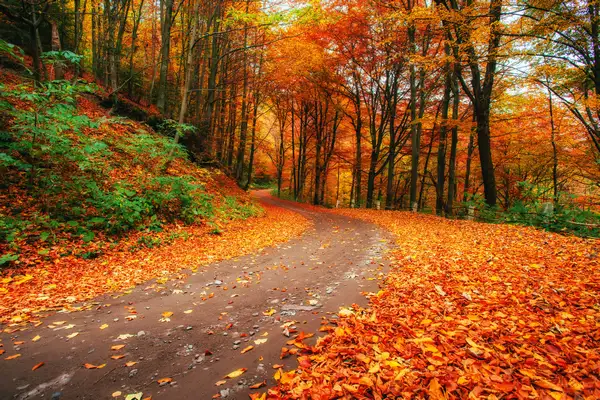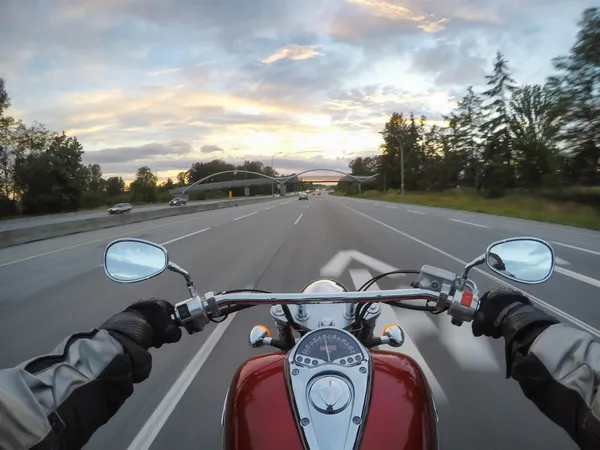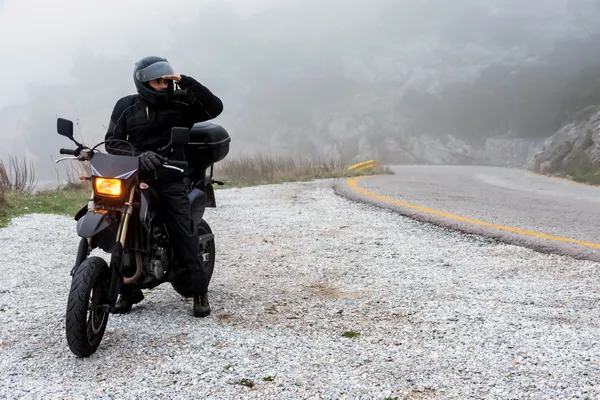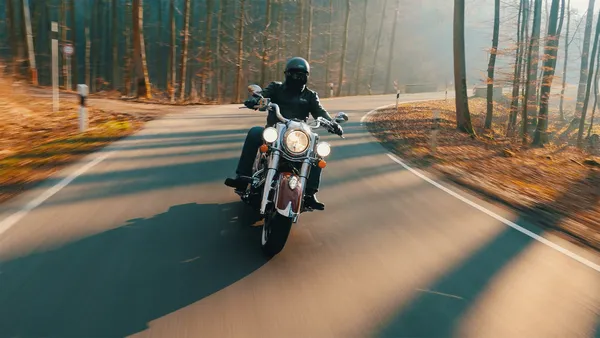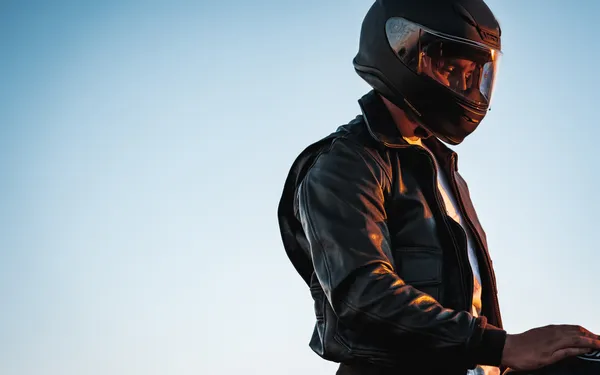
Riding a motorcycle is one of the most exhilarating ways to experience the road, but it comes with unique challenges. One of the biggest obstacles riders face is road hazards, which can be more dangerous for motorcyclists than for drivers in cars. Uneven pavement, debris, potholes, and wet surfaces can compromise control and lead to accidents. Understanding these hazards and how to navigate them safely can make all the difference. Here’s a comprehensive guide on common road hazards and tips for managing them effectively to keep your ride smooth and safe.
1. Potholes: The Unexpected Pitfalls
Potholes are one of the most common hazards for motorcyclists, especially after winter or heavy rainfall. Hitting a pothole at high speed can cause serious damage to your wheels, suspension, and even your balance.
Tips for Navigating Potholes:
- Scan the Road Ahead: Keep your eyes up and look ahead to spot potholes early. This will give you more time to react.
- Adjust Your Speed: If a pothole is unavoidable, slow down as much as possible before reaching it.
- Stand on the Foot Pegs: Lightly standing on the pegs as you pass over the pothole will help absorb the shock, reducing the impact on your body and bike.
- Avoid Sudden Braking: Sudden braking while hitting a pothole can make your bike more difficult to control. Instead, roll off the throttle to decrease speed smoothly.
2. Loose Gravel and Sand: The Slip Factor
Loose gravel and sand often appear in corners, on rural roads, and after road construction. This loose surface can cause tires to lose traction, leading to a skid or even a fall.
Tips for Navigating Loose Gravel and Sand:
- Steady Throttle and Minimal Braking: Apply a steady throttle and avoid sudden braking to maintain traction. Sudden changes can cause your wheels to slide out.
- Stay Upright: Avoid leaning too much when turning on loose gravel. A more upright position gives you more control and balance.
- Slow Down Before Turning: If you see gravel in an upcoming turn, slow down before you reach it rather than while in the turn.
3. Wet Roads: Reduced Traction
Wet roads, particularly after the first rainfall in a while, can make surfaces extremely slippery due to oil and other residues. Reduced traction on wet roads can affect your ability to stop or turn, making it essential to adjust your riding style.
Tips for Navigating Wet Roads:
- Increase Following Distance: Give yourself more space behind vehicles to allow for longer stopping distances.
- Brake Gently: Apply both brakes smoothly and progressively, especially the rear brake, to avoid locking up the wheels.
- Avoid Painted Lines and Metal Surfaces: Painted road markings, manhole covers, and metal grates become especially slippery when wet. Try to avoid riding over them or approach them with caution.
4. Debris and Obstacles: Objects on the Road
Debris such as fallen branches, rocks, and even tire pieces can pose a serious threat to motorcyclists. Running over debris can upset your balance, damage your bike, or lead to a crash.
Tips for Navigating Debris and Obstacles:
- Scan and Plan: Stay alert and look far ahead to identify potential obstacles. If you see debris, make a plan to avoid it.
- Adjust Your Line: If you spot debris with enough time to react, adjust your path to safely maneuver around it.
- Lift Over Small Obstacles: If avoiding an object isn’t possible and it’s small enough, lift yourself slightly off the seat to reduce the impact.
5. Railroad Tracks: Tricky Angles
Railroad tracks can be challenging, especially when crossed at an angle or in wet conditions. Crossing tracks at an improper angle or too quickly can cause tires to slip.
Tips for Navigating Railroad Tracks:
- Cross at a 90-Degree Angle: Approach tracks as close to perpendicular as possible to minimize the chance of your tires slipping.
- Slow Down: Reduce speed before reaching the tracks and avoid hard braking as you cross.
- Stay Loose on the Handlebars: A tight grip can lead to overreaction if your bike wobbles. Staying loose will help you absorb any movement smoothly.
6. Animals on the Road: Reacting Quickly
Animals, from small squirrels to larger deer, can dart into the road without warning. Avoiding an animal may be instinctual, but sudden movements can lead to dangerous swerves and loss of control.
Tips for Navigating Animals on the Road:
- Stay Calm: If you see an animal, avoid panicking. Gently reduce your speed and prepare to react safely.
- Avoid Sudden Swerves: Swerving to avoid an animal, especially at high speeds, can be more dangerous than slowing down.
- Be Extra Vigilant at Dawn and Dusk: Many animals are more active at these times, so be especially alert on rural roads during these hours.
7. High Wind: The Push and Pull
Riding in high winds can make your bike feel unstable and difficult to control. Strong side winds can even push you out of your lane if you’re not prepared.
Tips for Navigating High Wind:
- Lean Into the Wind: Gently lean into the direction of the wind to maintain balance and control.
- Stay in the Center of Your Lane: This gives you more room to maneuver if a sudden gust of wind shifts your position.
- Lower Your Profile: Tuck down slightly to reduce the surface area the wind can push against.
8. Bridge Grates and Expansion Joints: Traction Challenges
Bridges often have metal grates and joints that can create an uneven, slippery surface, especially in wet conditions.
Tips for Navigating Bridge Grates and Expansion Joints:
- Maintain a Steady Throttle: Keeping a consistent speed will help you cross these surfaces smoothly without sudden shifts.
- Avoid Sharp Turns or Lane Changes: Stick to a straight line to keep your tires as stable as possible on these surfaces.
- Stay Loose: Bridge grates can make your bike feel wobbly, so stay relaxed to keep control over any slight movements.
9. Oil Slicks: Slippery and Dangerous
Oil spills, often found at intersections or near toll booths, can be difficult to see and become especially slick when mixed with rain.
Tips for Navigating Oil Slicks:
- Identify the Rainbow Sheen: An oily surface will often have a slight rainbow appearance, especially in sunlight.
- Avoid Sudden Acceleration: If you find yourself on an oily patch, maintain steady speed and avoid quick acceleration.
- Braking Caution: Use minimal braking if you need to slow down while on an oil patch.
10. Sun Glare: Limited Visibility
Sun glare, especially at sunrise or sunset, can make it hard to see road hazards, traffic signals, or other vehicles.
Tips for Navigating Sun Glare:
- Use Sunglasses or Tinted Visor: Eye protection can help reduce the intensity of the sun’s glare.
- Adjust Your Position: Move within your lane to minimize glare, such as by positioning your bike behind the shade of another vehicle.
- Be Extra Vigilant: Other drivers are affected by glare too, so stay cautious and give yourself additional space to react.
Navigating road hazards is an essential skill for motorcyclists. Being prepared and understanding how to handle specific challenges can help prevent accidents and keep you safe on the road. Remember to stay alert, adjust your speed, and be proactive in scanning your surroundings for potential risks. With these tips, you’ll be better equipped to face a variety of road hazards, keeping your ride smooth and safe.
Stay vigilant, ride smart, and enjoy the journey!

